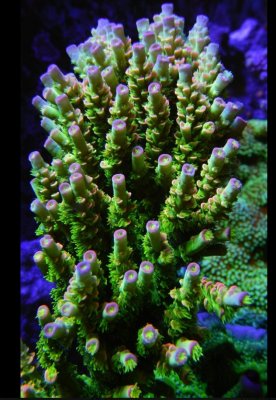Why do you think NO3/PO4 are more important? More curious because it used to be everyone wanted 0 and now we are starting to see just the opposite with awesome or thriving tanks with numbers on the positive side all over the map.
I think Alk/Cal/Mag are seen as more critical due to the fact they are required for a healthy reef over time as the tank matures. New tank they may not be as important so NO3 and PO4 take priority but over the year as aquarium, rocks, and coral mature and grow they lessen and ALk/Cal/Mag take over.
Just the way I see it anyway.
I also agree with PO4 and NO3 being more important than Ca and Mg testing for me as well. I use the AF 1+2+3+ and just need to dose based on my KH. When I ignore No3 and Po4 they tend to either drop to 0 or raise to level where my corals seem unhappy. Given my tank is just 20G, it doesnt take long for these to build up or drop down. Now that I measure them twice a week with Reefbot, I am able to respond quickly and keep them in a range that seem to work for me with either increasing/decreasing carbon dosing, changing Phosguard or dosing Lanthanum Chloride.
Bottomline, if I were to chose another autotester, I would only chose one which can test No3, Po4 and KH; optionally Ca, Mg, K




















